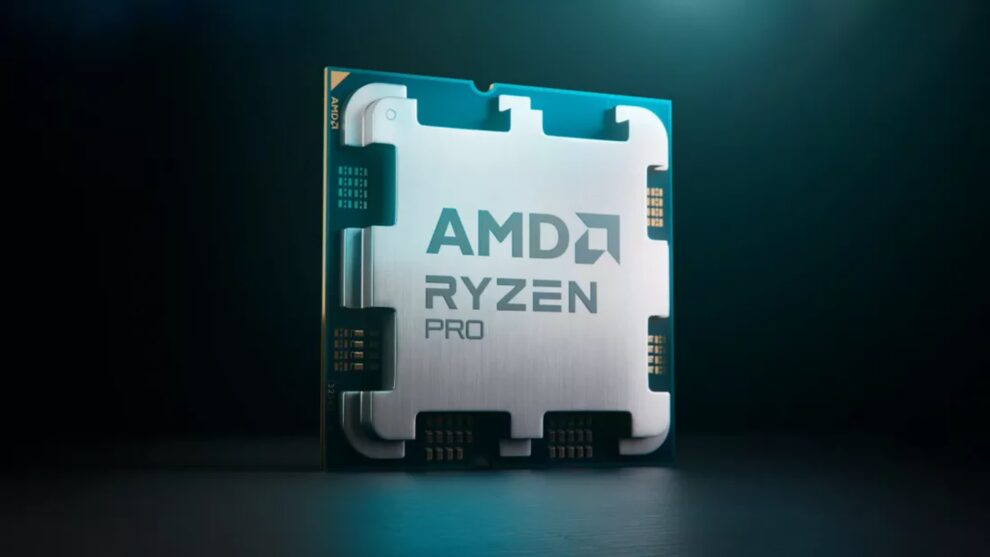The recent discovery of the Sinkclose security flaw in millions of AMD processors has raised significant concerns across the tech community. This vulnerability, deeply rooted in the processors’ System Management Mode (SMM), poses a complex threat that could potentially impact system integrity and data security. Here, we explore the nuances of the Sinkclose flaw, its implications, and the measures being taken to mitigate its effects.
What Is the Sinkclose Flaw?
Dubbed ‘Sinkclose’, the vulnerability affects a wide range of AMD’s processors, including the popular Ryzen and EPYC models. Identified by security researchers Enrique Nissim and Krzysztof Okupski from IOActive, this flaw exploits the TClose function in the chips, allowing unauthorized execution of code at the kernel level under certain conditions.
Who Is Affected and How?
The processors impacted span those released since 2006, encompassing several generations of AMD’s offerings. Not all chips are slated for updates, with older models like the Ryzen 3000 series falling outside the current software support window, leaving them particularly vulnerable.
When and Where Was the Flaw Discovered?
The vulnerability was initially disclosed at the Defcon hacker conference, after which AMD acknowledged the issue and began rolling out patches. Despite its longstanding presence in AMD chips, the flaw remained undetected for nearly two decades, underscoring the sophistication and stealth of the vulnerability.
Why Is This Significant?
Sinkclose is not merely a technical glitch; it represents a potential backdoor for high-level data theft and system manipulation, especially concerning in environments where security is paramount. The nature of the flaw makes it difficult to detect and remedy without specific tools and knowledge.
Mitigation and Response
AMD has initiated updates for several affected products, prioritizing newer and more widely used processors. The response also includes firmware and microcode updates aimed at mitigating the risk. However, the patch rollout is not uniform, and some older processors will not receive updates, leaving them exposed to potential exploits.
Personal Insights and Experience
As a cybersecurity enthusiast, the discovery of Sinkclose highlights the ongoing challenges in securing complex digital systems against evolving threats. My analysis suggests that while the immediate risk to individual users may be limited, the potential for targeted attacks by sophisticated entities remains a serious concern. Regular updates and vigilant security practices are essential to safeguard against such vulnerabilities.
The Sinkclose flaw in AMD processors is a stark reminder of the vulnerabilities that can linger in even the most robust digital systems. As we move forward, it is crucial for both users and manufacturers to remain vigilant, applying patches promptly and monitoring systems for any unusual activity. The tech community must continue to foster a proactive approach to cybersecurity, ensuring that safety and privacy are maintained in an increasingly digital world.




